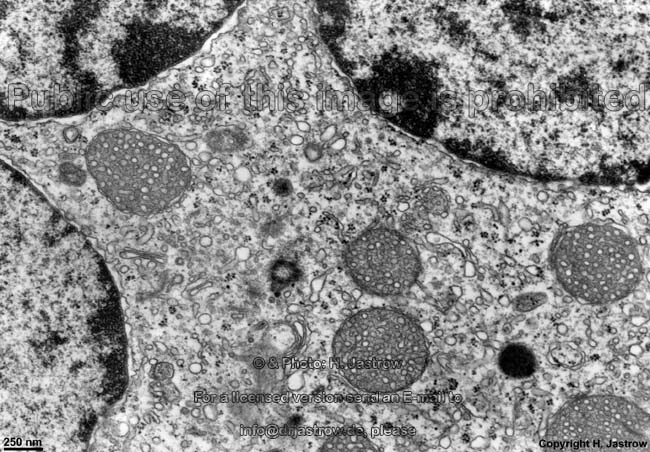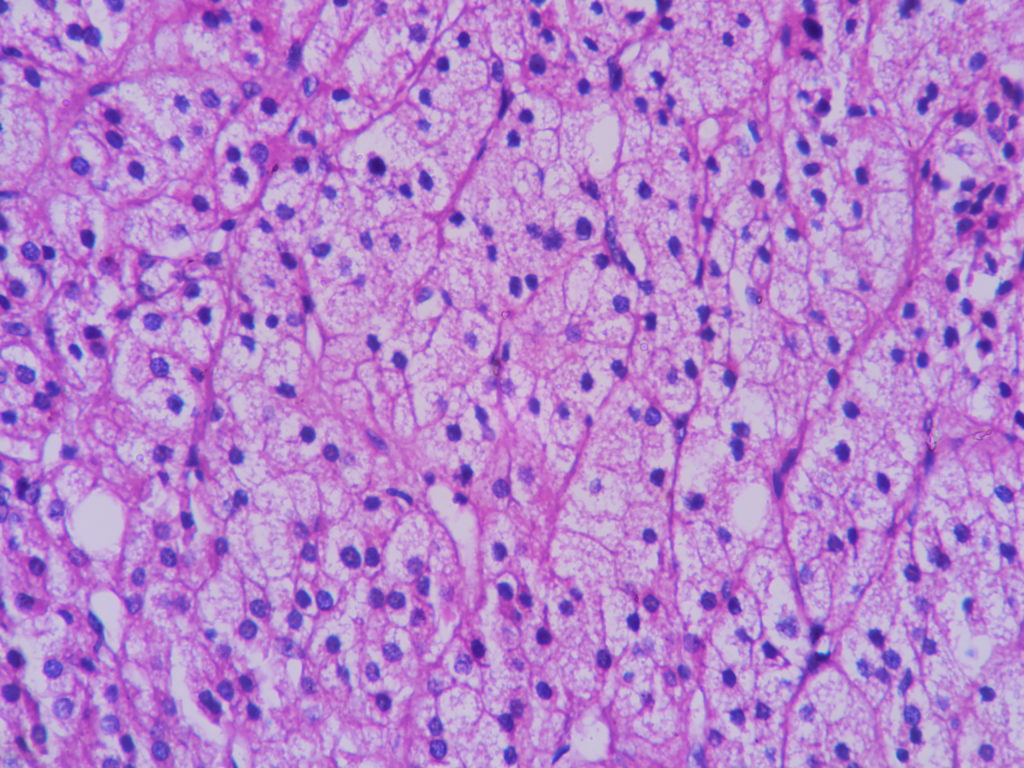

However, other steroid hormones have been reported to cause proliferative lesions in the adrenal cortex of laboratory animals. Hormones, particularly natural and synthetic steroids, also affect the adrenal cortex by causing functional inactivity and morphological atrophy during prolonged exogenous use. Biologically active cationic amphiphilic compounds, such as chloroquine, triparanol, and chlorphentermine, tend to produce a generalized phospholipidosis that primarily involves the zonae reticularis and fasciculata. These compounds frequently produce necrosis, particularly in the zonae fasciculata and reticularis, and lipidosis. Classes of chemicals known to be toxic for the adrenal cortex include short chain aliphatic compounds, lipidosis inducers, and amphiphilic compounds.

Depending on the toxicant, the biotransformation may result in increased or decreased toxicity. The adrenal cortex is predisposed to toxic effects due to adrenocortical cells storage of lipids, which enables lipophilic compounds to accumulate, and they have enzymes, including many enzymes of the cytochrome P450 family capable of the biotransformation of xenobiotic chemicals. The zonae reticularis and fasciculata appear to be the principal target of xenobiotic chemicals. Wallig, in Fundamentals of Toxicologic Pathology (Second Edition), 2010 Publisher Summary


 0 kommentar(er)
0 kommentar(er)
